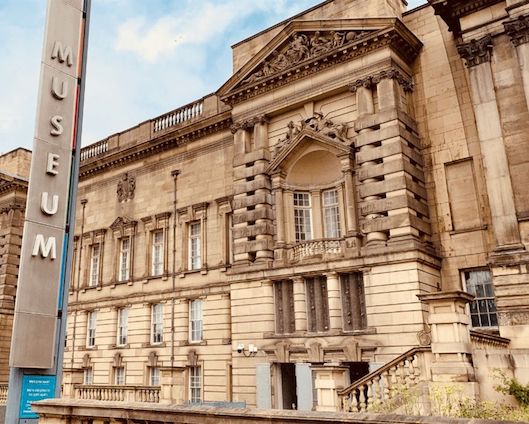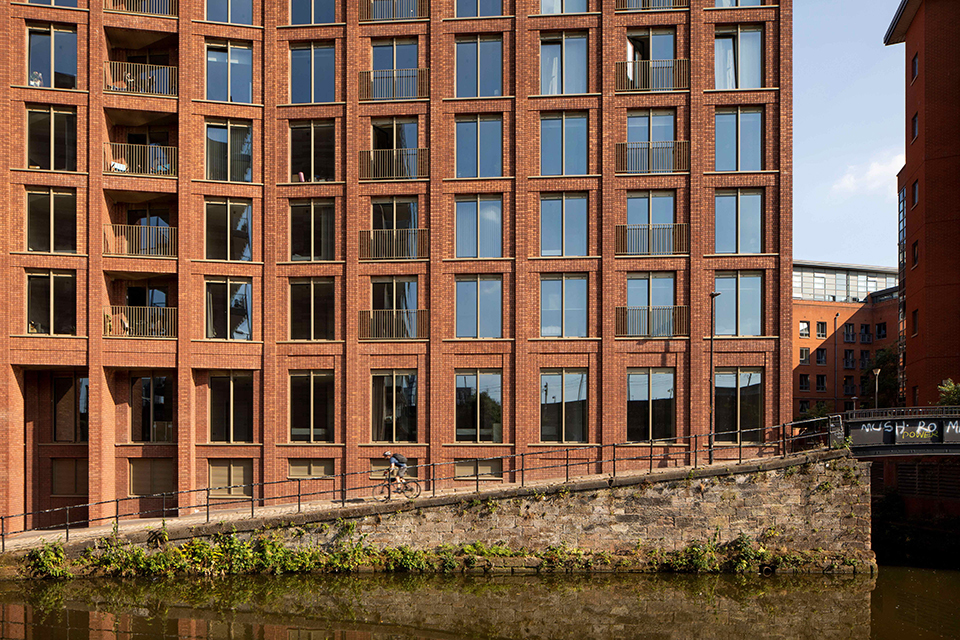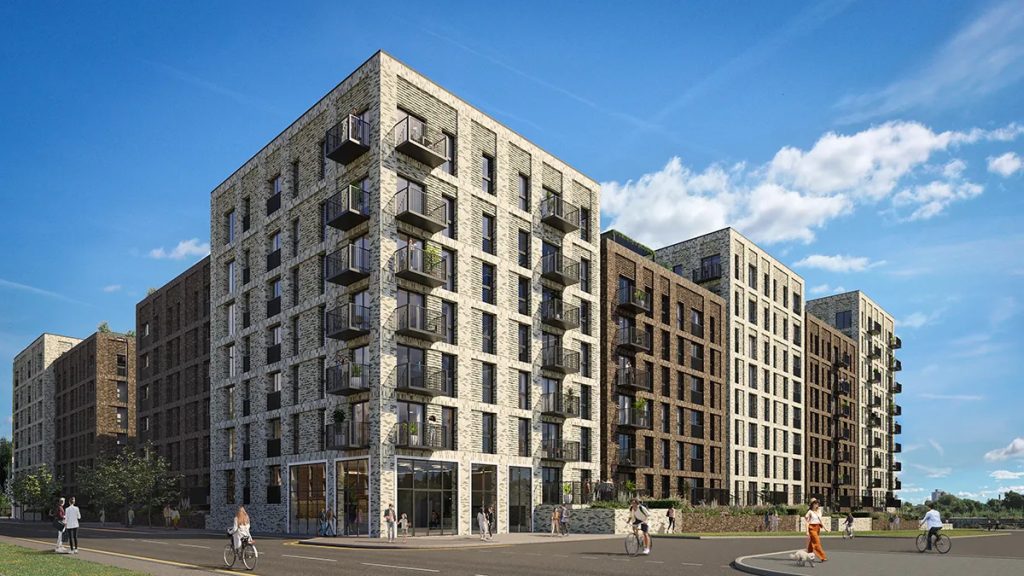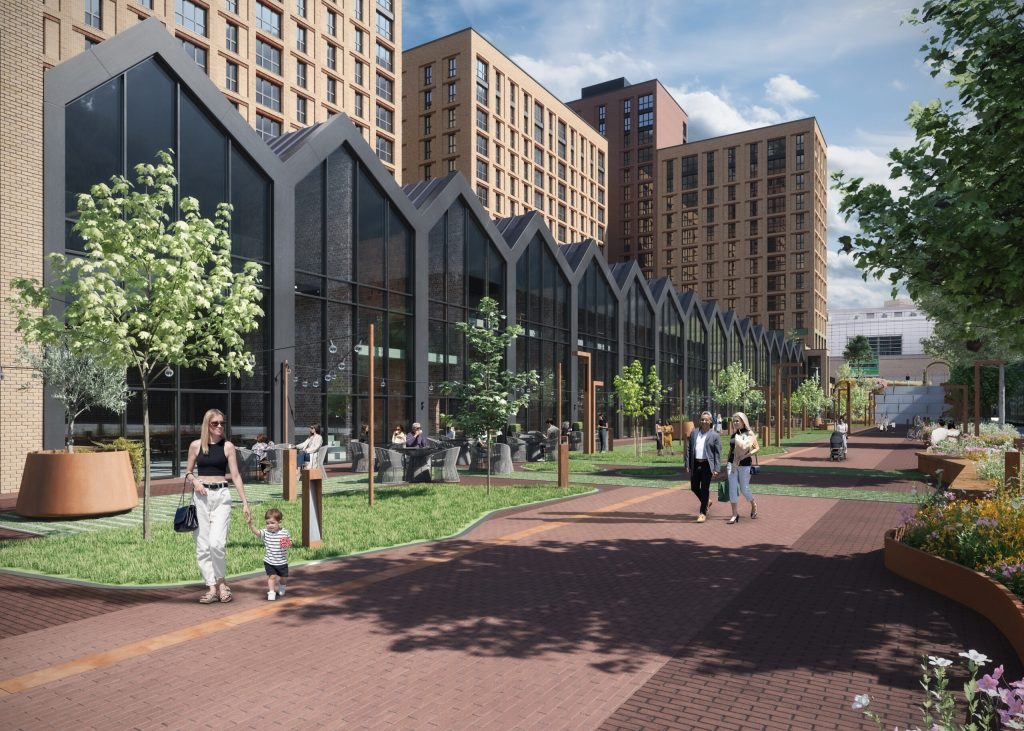Liverpool World Museum, one of the city’s most iconic cultural landmarks, plays a significant role in enhancing Liverpool’s appeal as a vibrant place to live. Its influence extends beyond cultural enrichment and education; it also has notable effects on the local property market.
The Cultural and Educational Magnet
The Liverpool World Museum attracts hundreds of thousands of visitors annually, drawn by its extensive collections and diverse exhibitions. Its reputation as a premier cultural institution adds considerable value to the surrounding areas, making them more attractive to potential residents and investors.
Boosting Local Property Values
Properties located near cultural landmarks like the Liverpool World Museum often enjoy higher values compared to those in less vibrant areas. The museum’s presence enhances the area’s desirability, leading to increased demand for nearby properties. This demand drives up property values, providing significant capital appreciation potential for investors.
The influx of tourists, students, and professionals visiting or working at the museum creates a consistent demand for rental properties. Investors can benefit from high occupancy rates and steady rental income. The proximity to such a prominent landmark makes rental properties particularly appealing to tenants who appreciate cultural amenities and the convenience of city living.
The success of the Liverpool World Museum has spurred development and regeneration projects in its vicinity. New residential and commercial developments are frequently planned or underway, aimed at capitalising on the museum’s draw. These projects improve the overall infrastructure and aesthetics of the area, further boosting property values and investment appeal.
Living near the Liverpool World Museum offers residents easy access to educational and cultural activities, contributing to a higher quality of life. The museum’s events, exhibitions, and educational programmes provide ongoing engagement and learning opportunities, making the area attractive to families, students, and professionals.
Strategic Investment Opportunities
Investors should consider properties within walking distance of the Liverpool World Museum. Proximity to this cultural hub ensures higher demand and potentially higher rental yields. Areas such as St George’s Quarter, where the museum is located, offer prime opportunities for property investment.
Investing in properties in areas undergoing regeneration near the museum can yield significant returns. These areas often see substantial property value appreciation as new developments enhance the neighbourhood’s appeal and infrastructure.
The diverse audience attracted by the Liverpool World Museum, including tourists, academics, and culture enthusiasts, ensures a broad tenant base. This diversity reduces the risk of vacancies and ensures steady rental income, making it a stable investment choice.
Challenges and Considerations
While the proximity to the Liverpool World Museum offers numerous benefits, investors should also consider potential challenges such as:
- Market Competition: High demand for properties near cultural landmarks can lead to increased competition and higher purchase prices.
- Maintenance Costs: Properties in high-traffic areas may require more frequent maintenance and upgrades to meet tenant expectations.
The Liverpool World Museum significantly influences the local property market, enhancing the attractiveness and value of nearby properties. For property investment, this cultural landmark offers a compelling opportunity to capitalise on high demand, steady rental income, and potential for capital appreciation.
TK Property Group emphasises the strategic advantage of investing in properties near cultural and educational landmarks like the Liverpool World Museum. By focusing on proximity, regeneration areas, and quality properties, investors can maximise their returns and secure long-term success in Liverpool’s dynamic property market.
In conclusion, the Liverpool World Museum not only enriches the cultural fabric of the city but also plays a pivotal role in shaping its property investment landscape. Investors who recognise and leverage this influence can benefit from the museum’s enduring appeal and the vibrant community it helps sustain.





